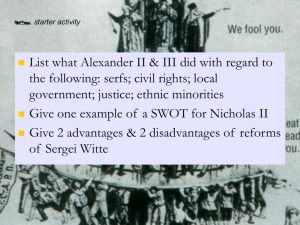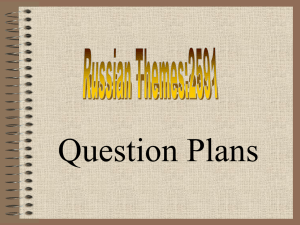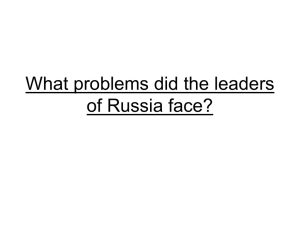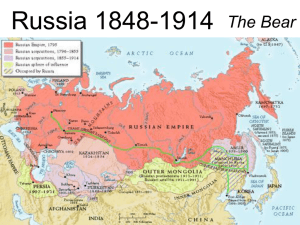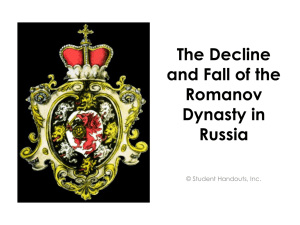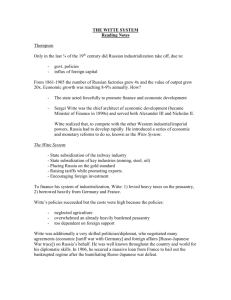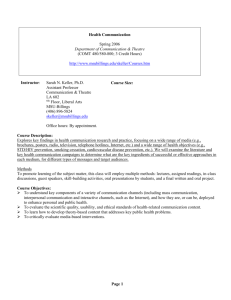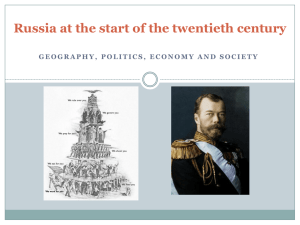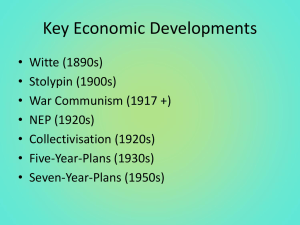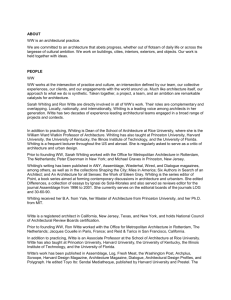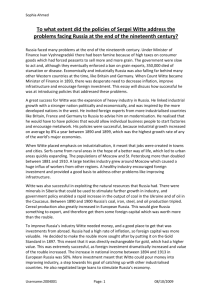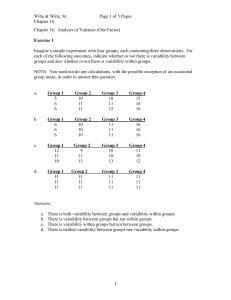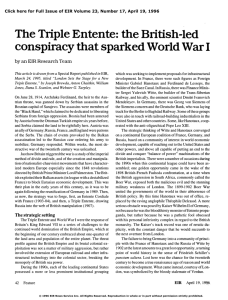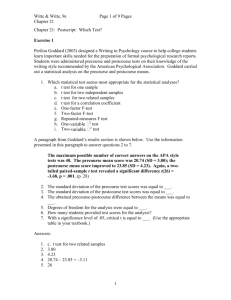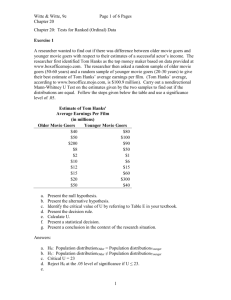Imperial Russia - Kingussie High School Social Subjects
advertisement
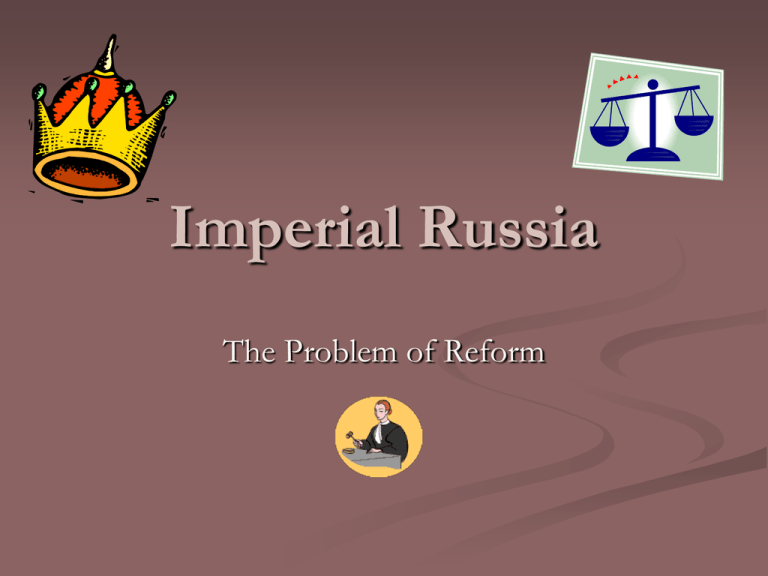
Imperial Russia The Problem of Reform Ideology Westerners: believed if Russia wished to remain a great nation it would have to adopt the best features of the political & economic systems of Western Europe. Slavophiles: regarded western values as corrupting – urged the nation to preserve itself as ‘holy Russia’, by glorifying its Slav culture and separate historical tradition. Local Government Reform Emancipation of the Serfs in 1861 (Alexander II) Setting up of the zemstvos in 1864: Local councils elected by wealthy citizens Emphasis of the mir: Traditional village community to which people belonged to Government officials saw this as a tool with which to keep order and collect tax & mortgages Alexander II Alexander III Legal Reforms In the late C19th a number of legal reforms were introduced to try and simplify the court procedures Alexander II relaxed the controls over the press and university Greater freedom of expression encouraged the development of an intelligentsia Limited nature of reforms Alexander II was only supportive of reforms which might lead to a lessening of opposition to the tsarist regime To some extend emancipation and greater freedoms of speech were met with enthusiasm by progressives Alexander II was assassinated by the People’s Will in 1881 which led to an abandonment of reformist policies by Alexander III (known as the ‘Reaction’) When Nicholas II ascended the throne it was obvious that he intended to continue with the repressive policies of his predecessor. The ‘Reaction’ in detail Government-controlled courts were set up to run outside the existing legal system Judges and officials who were sympathetic to liberalism were removed The powers of the Okhrana were extended and censorship of the press was tightened Universities were brought under strict government control The independence of the zemstvo was decreased The Okhrana Agents of Okhrana - Yevno Azef, Dmitry Bogrov, Father Gapon, Roman Malinovsky The Early reign of Nicholas II, 1894-1905 His upbringing and education made him suspicious of change He continued the repressive policies he had inherited which further angered the intelligentsia Nicholas was tutored by Konstantin Pobedonostsev, who dismissed the idea of participatory government The policy of Russification grew intensely under Nicholas II – the Russian Jews were particularly victimised under this ideology Anti-Semitism Over 600 new measures were introduced imposing heavy social, political and economic restrictions on the Jewish population Pogroms increased sharply under Nicholas II The ‘Black Hundreds’ were notorious for carrying out anti-Semitic attacks Most Jews lived in ghettos Response to Nicholas’s policies Despite greater police interference, opposition became more organised In 1897 Jews formed their own revolutionary ‘bund’ or union Growing number of political parties formed Economic Reform, 1893-1914 Peter Stolypin Sergei Witte Background In the 1890s Russian industry grew so rapidly that the term the Great Spurt was used to describe the period The acceleration was the result of private enterprise, sustained by deliberate government policy The motives of the tsar were military rather than economic A growing economy would produce more and better guns, equipment and ships The main individual involved was Russia’s Minister of Finance (1892-1903), Sergei Witte State Capitalism Witte was impressed by the results of the Industrial Revolutions of the UK and USA He negotiated loans from abroad and raised taxes at home to raise capital for investment He limited the import of foreign goods and set up protective tariffs In 1897 Witte put Russia’s currency on the gold standard, but this led to an increase on goods The importance of railways Much of the foreign capital was invested in the railways In 1881 there were 13,270 miles of track & by 1913 there were 43,850 miles of track Witte’s special project was the Trans-Siberian Railway constructed between 1891 and 1902: The line stretched 3,750 miles between Moscow and Vladivostok It was supposed to encourage migrants to work in more remote areas where industry was picking up Led to improved communication and trade links Trans-Siberian Railway Improvements in Figures Table: The Russian economy: annual production (in millions of tons) Coal Pig Iron Oil Grain 1890 5.9 0.89 3.9 36 1900 16.1 2.66 10.2 56 1910 26.8 2.99 9.4 74 1913 35.4 4.1 9.1 90 1916 33.8 3.72 9.7 64 In real terms Not so impressive when we consider that Russia was experiencing a massive growth in population Per capita production was lower than official figures suggested Witte’s problems He made Russia too dependent on foreign loans and investments In giving priority to heavy industry he neglected vital light engineering areas such as machine tool production, which would have helped to modernise manufacturing He paid no attention to Russia’s agricultural needs But Witte had to yield to the demands of the military commanders who stated their transport and equipment needs should have priority continued Witte’s freedom of action was restricted by resistance to change from the court and government Witte was disliked and not an easy man to get on with but in ability he towered above the other ministers In 1903 the tsar forced him to resign If his talents had been fully recognised Russia may have been led to peaceful modernisation The end of the ‘great spurt’ By 1900 there was a serious trade recession Earlier boom led to population rise in the cities, this was disorganised and resulted in acute overcrowding Recession led to mass unemployment in the cities and a presence of thousands of disaffected workers on the streets of St Petersburg and Moscow Few workers gained from the industrial and financial expansion and trade unions were weak The rate of inflation rose by 40% between 1908 & 1914 but the average industrial wage only rose from 245 to 264 roubles a month. Disaffection loomed...

